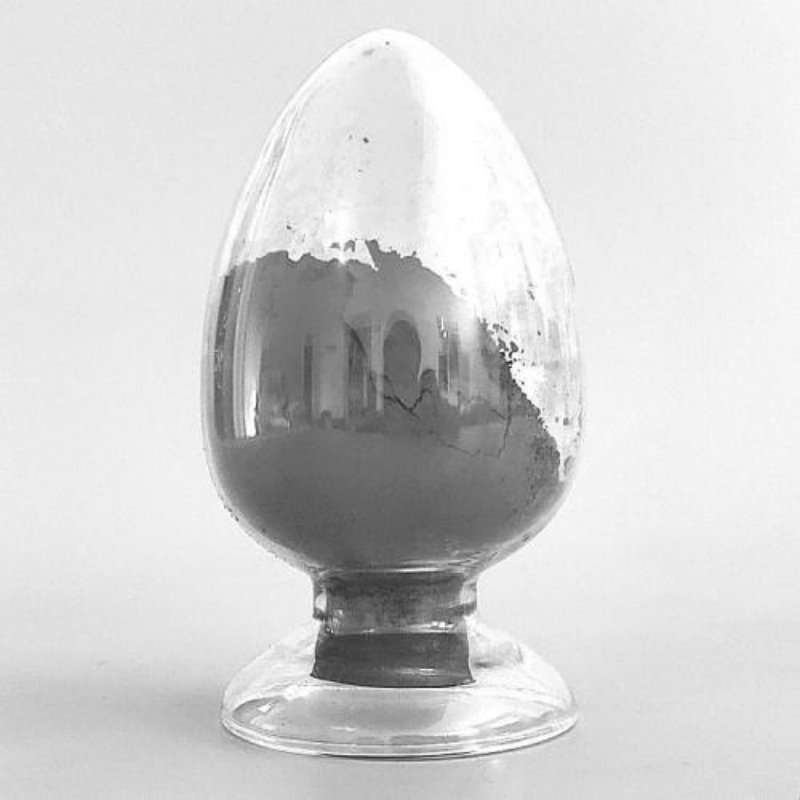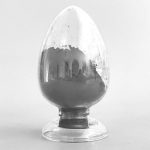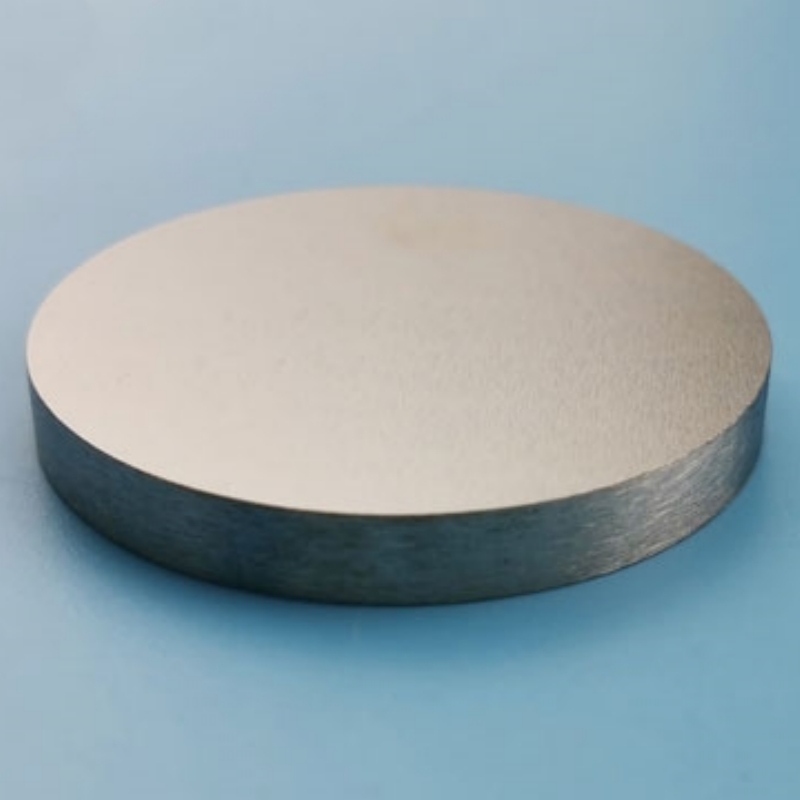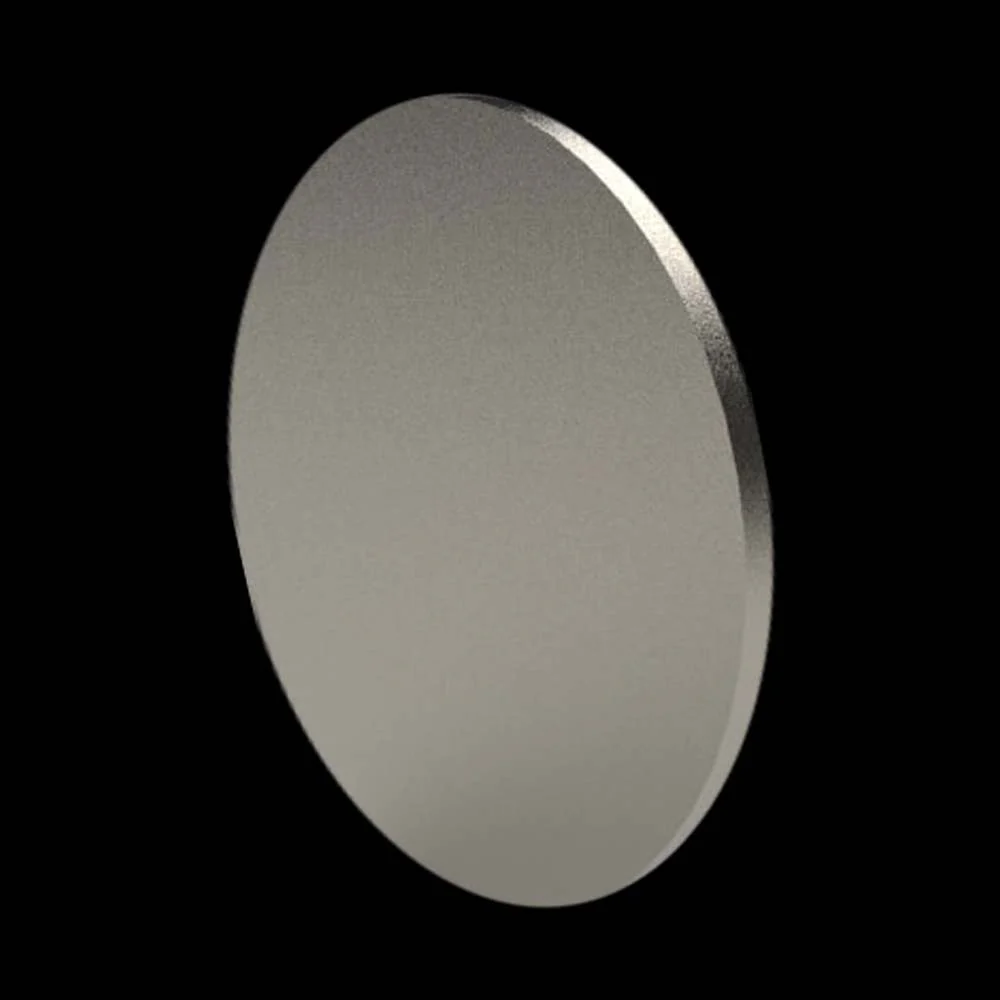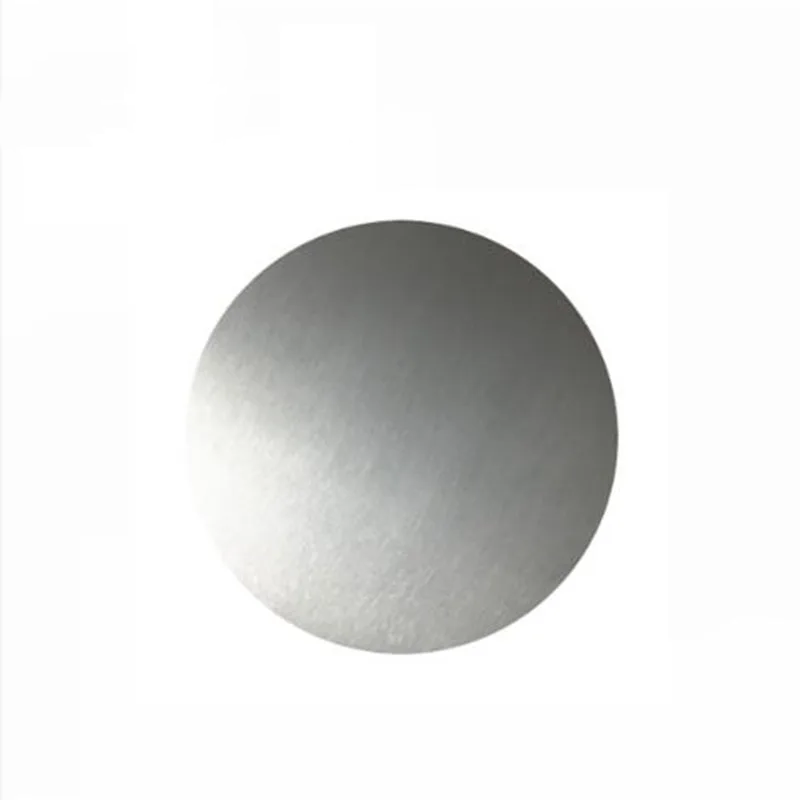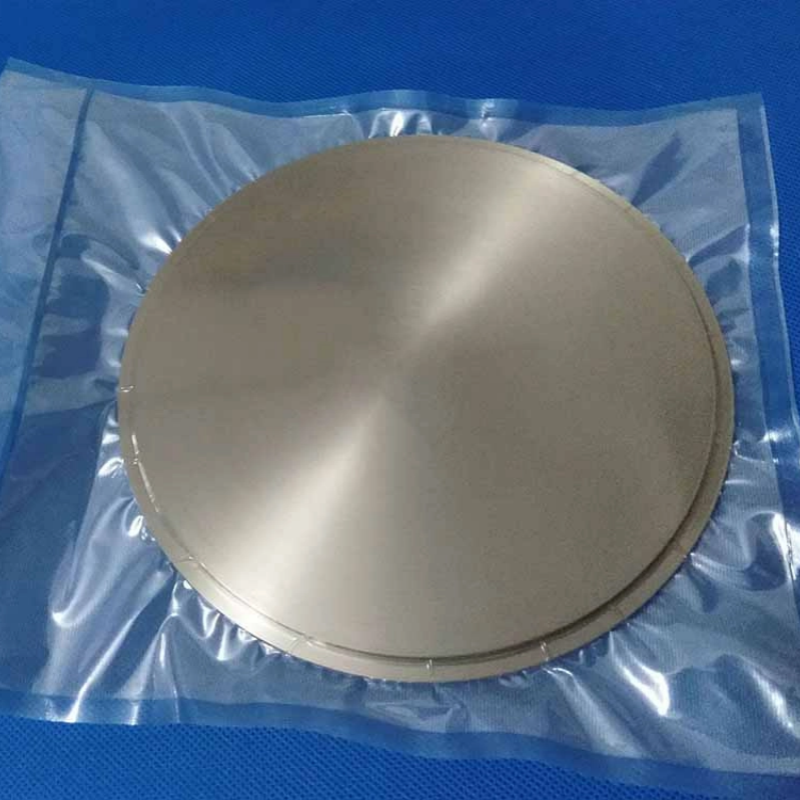Calcium Silicide (CaSi₂) is an inorganic compound composed of calcium and silicon. It appears as a gray or black solid with a melting point of approximately 1,033°C. This material is insoluble in water but reacts with moisture, producing hydrogen gas and calcium hydroxide. Calcium Silicide is widely used in metal alloy production, pyrotechnics, and deoxidizing agents due to its high reactivity and stability.
Product Overview
Calcium silicide (CaSi₂) is a compound made of calcium and silicon, with the molecular formula CaSi₂. It is highly stable at high temperatures and is commonly used in the production of metal alloys. Calcium silicide is a gray-black solid with a high melting point of 1033°C. It is chemically reactive, decomposing in hot water and easily combusting in air due to the formation of silane.
Product Features
- High Melting Point: With a melting point of 1033°C, it is suitable for high-temperature environments.
- High Reactivity: Can self-ignite in air by generating silane, exhibiting strong chemical reactivity.
- Moderate Density: With a density of 2.5 g/cm³, it is versatile for use in various applications.
- Insoluble in Water: It has low solubility in water, making it suitable for water-based environments.
Applications
- Steel and Casting Industry: Used as a desulfurizer and deoxidizer, widely applied in metallurgy.
- Metal Alloys: Serves as a deoxidizer for phosphorus removal and the production of special metal alloys.
- Chemical Products: Can be used in the manufacture of initiators, pyrotechnics, and smoke components.
- Smelting Industry: Used as a deoxidizer and phosphorus remover during metal smelting processes.
| Technical Parameters | Values |
| Brand | CaSi₂ |
| Chemical Composition (%) | Moisture: Max 0.1%, Silicon: Min 60%, Iron: Max 10%, Calcium: Min 20%, Metal-Iron: Max 0.2%, Alkalinity (CaO): Max 2%, Carbon: Max 3% |
 new material
new material

